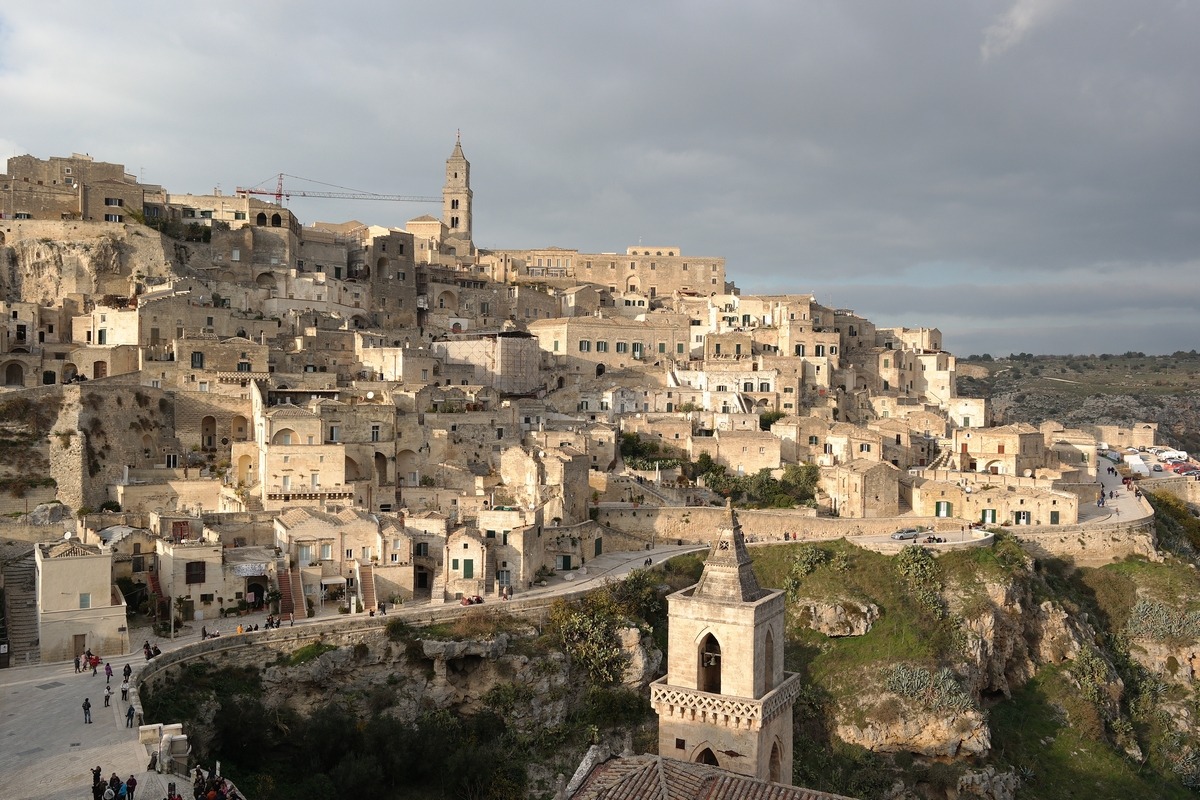The number of visitors to Matera, a European Capital of Culture in 2019, has more than doubled after it obtained this label.
Economically, what is the point of becoming a European capital of culture? This question often recurs when we present the project. To answer as concretely as possible, this is what happened in Matera, in Italy, which became a European Capital of Culture in 2019.
Matera is now known worldwide, thanks to a sequence in No Time to Die, the 2021 James Bond, starring Daniel Craig. But, if we believe Géo Magazine, this was not a foregone conclusion: “In 1952, the communists in power decreed that this town was a ‘national disgrace’, ordered its evacuation and constructed new neighbourhoods in a modern suburb to the house paupers”. The bottom of the hole, then a resurrection, step by step. In 1993, Matera joined UNESCO’s prestigious list of world heritage sites. Then the label European Capital of Culture 2019 was a crowning moment.
What has this given, in numbers? The Local Regional and Development Review focused on the consequences of the label in an article in Italian. This is what can happen when a town becomes a European Capital of Culture, before the shooting of a James Bond movie.
After being awarded the title, in October 2014, the overall arrivals to the town of Matera increased by 139% compared to the previous period. So, the total number of tourists in the city more than doubled. There could also be noted a considerable growth in the amount of accommodation facilities and the number of beds.
A large increase in the number of employees could be seen (+ 4.1%) and above of the self-employed (+ 10.8%), to a great extent because of the creation of new accommodation facilities. The employment rate in the province of Matera during the years following its selection rose by 3.6 percentage points against an average of a little over 1 point for other provinces. The total employment rate of the province of Matera went from 45.4% in 2014 to 52.7% in 2019.




